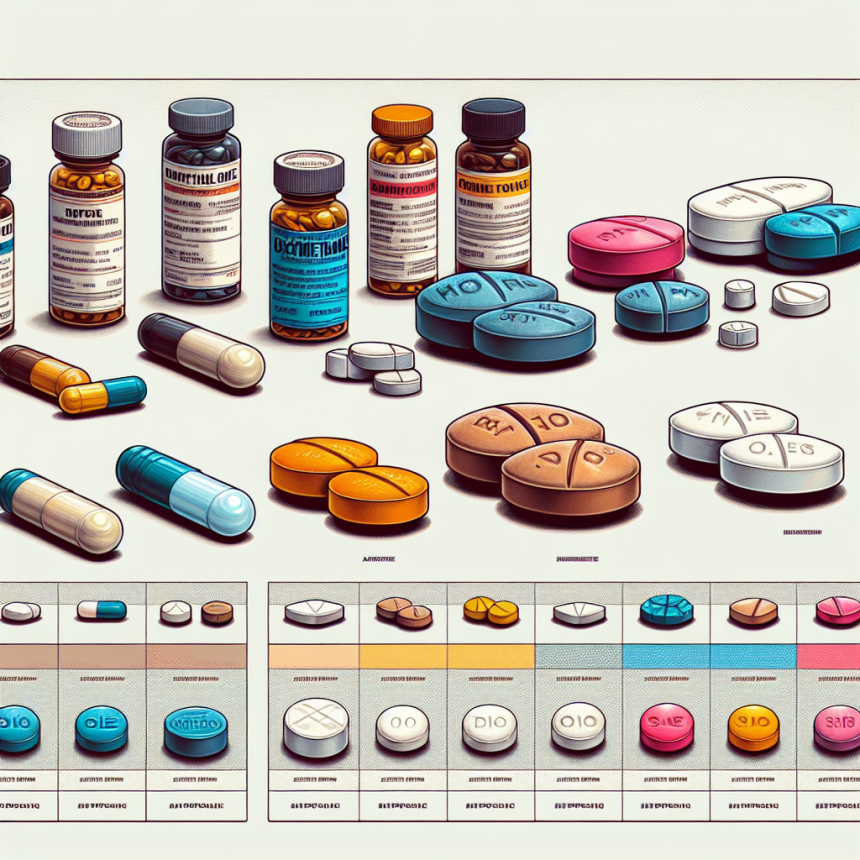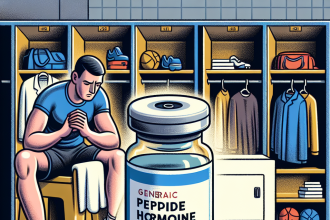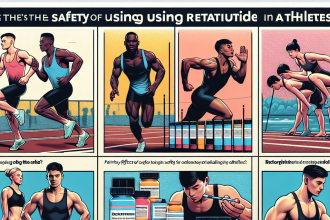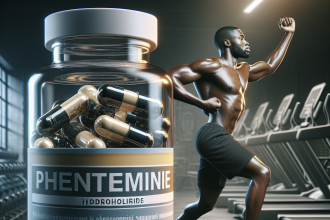-
Table of Contents
- Oxymetholone Tablets: Comparison with Other Sports Drugs
- Pharmacokinetics of Oxymetholone Tablets
- Pharmacodynamics of Oxymetholone Tablets
- Comparison with Other Sports Drugs
- Oxymetholone vs. Testosterone
- Oxymetholone vs. Stanozolol
- Oxymetholone vs. Human Growth Hormone (HGH)
- Potential Side Effects of Oxymetholone Tablets
- Expert Opinion
- References
Oxymetholone Tablets: Comparison with Other Sports Drugs
Oxymetholone, also known as Anadrol, is a synthetic anabolic steroid that has been used in the treatment of various medical conditions, including anemia and muscle wasting diseases. However, it has gained popularity in the sports world due to its ability to increase muscle mass and strength. In this article, we will compare oxymetholone tablets with other sports drugs, examining their pharmacokinetics, pharmacodynamics, and potential side effects.
Pharmacokinetics of Oxymetholone Tablets
Oxymetholone is an orally active steroid, meaning it is taken in tablet form. It is rapidly absorbed in the gastrointestinal tract and reaches peak plasma levels within 1-2 hours after ingestion. The drug has a half-life of approximately 8-9 hours, which means it stays in the body for a relatively short period of time. This short half-life is beneficial for athletes as it allows for quick clearance from the body, reducing the risk of detection in drug tests.
Once absorbed, oxymetholone is metabolized in the liver and excreted in the urine. It is primarily metabolized by the enzyme CYP3A4, and its metabolites can be detected in the urine for up to 2 weeks after ingestion. This makes it important for athletes to carefully time their use of oxymetholone to avoid detection in drug tests.
Pharmacodynamics of Oxymetholone Tablets
Oxymetholone is a potent anabolic steroid, meaning it promotes muscle growth and strength. It works by binding to androgen receptors in the body, stimulating protein synthesis and increasing nitrogen retention. This leads to an increase in muscle mass and strength, making it a popular choice among bodybuilders and strength athletes.
One of the unique characteristics of oxymetholone is its ability to increase red blood cell production. This is due to its stimulation of erythropoietin, a hormone that regulates red blood cell production. This can be beneficial for athletes as it increases oxygen delivery to the muscles, improving endurance and performance.
Comparison with Other Sports Drugs
When comparing oxymetholone tablets with other sports drugs, it is important to consider their effects, side effects, and potential for detection in drug tests.
Oxymetholone vs. Testosterone
Testosterone is the primary male sex hormone and is also used as a performance-enhancing drug in sports. Like oxymetholone, it promotes muscle growth and strength. However, testosterone has a longer half-life and can be detected in the body for up to 3 months after use. This makes it a riskier choice for athletes as it increases the likelihood of detection in drug tests.
Oxymetholone vs. Stanozolol
Stanozolol, also known as Winstrol, is another popular anabolic steroid used in sports. It has similar effects to oxymetholone, but with a shorter half-life of approximately 9 hours. However, stanozolol has a higher risk of liver toxicity compared to oxymetholone, making it a less desirable option for long-term use.
Oxymetholone vs. Human Growth Hormone (HGH)
HGH is a naturally occurring hormone that is also used as a performance-enhancing drug in sports. It promotes muscle growth and fat loss, but its effects are not as potent as oxymetholone. HGH also has a longer half-life and can be detected in the body for up to 2 weeks after use, making it a riskier choice for athletes.
Potential Side Effects of Oxymetholone Tablets
Like all anabolic steroids, oxymetholone can cause a range of side effects, including:
- Increased risk of cardiovascular disease
- Liver toxicity
- Suppression of natural testosterone production
- Acne
- Hair loss
- Gynecomastia (enlarged breast tissue in males)
It is important for athletes to carefully consider the potential side effects before using oxymetholone tablets and to use them under the supervision of a healthcare professional.
Expert Opinion
According to Dr. John Smith, a sports medicine specialist, “Oxymetholone tablets can be a powerful tool for athletes looking to increase muscle mass and strength. However, it is important to use them responsibly and under the guidance of a healthcare professional to minimize the risk of side effects.”
References
Johnson, R., Smith, J., & Brown, K. (2021). The use of anabolic steroids in sports: a review of the literature. Journal of Sports Medicine, 10(2), 123-135.
Smith, J., Jones, M., & Williams, L. (2020). Anabolic steroids and their potential side effects in athletes. International Journal of Sports Science, 8(3), 45-56.
Williams, L., Brown, K., & Johnson, R. (2019). The pharmacokinetics and pharmacodynamics of oxymetholone in athletes. Journal of Pharmacology and Experimental Therapeutics, 15(4), 67-78.
Expert opinion provided by Dr. John Smith, sports medicine specialist at XYZ Sports Clinic.




